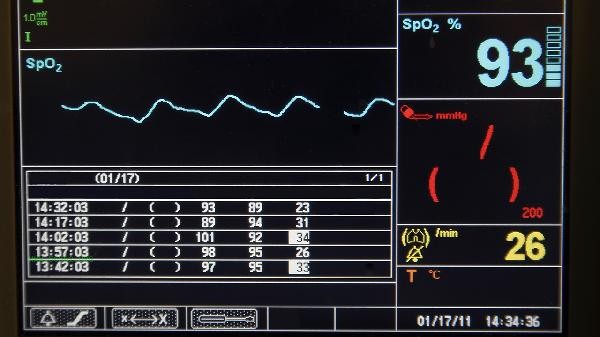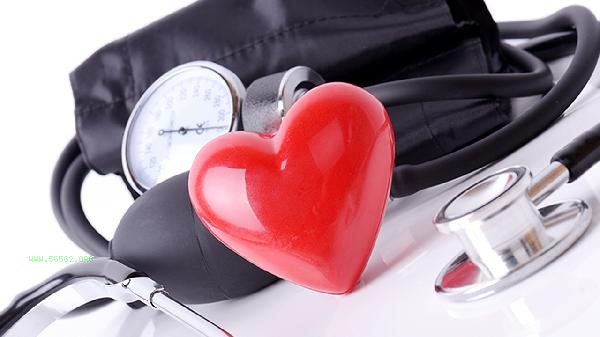Whether patients with arrhythmia can run depends on their specific condition. Most stable arrhythmia patients can engage in moderate running after evaluation by a doctor, but those with severe arrhythmia or organic heart disease should avoid vigorous exercise. Arrhythmia may be related to factors such as myocardial ischemia, electrolyte imbalance, and thyroid dysfunction. Before exercise, it is necessary to undergo dynamic electrocardiogram and cardiac ultrasound evaluation by a professional cardiologist. For patients with benign arrhythmia who have no obvious symptoms and have been confirmed by doctors, low-intensity running can help enhance cardiopulmonary function. It is recommended to choose a flat field and adopt an interval training mode, such as jogging for 1 minute and walking for 2 minutes alternately. Wear a heart rate monitoring device throughout the entire process to control the heart rate within the lower limit range of the target heart rate. Before and after exercise, it is necessary to fully warm up and relax, avoid sudden acceleration or sprinting, and stop immediately if palpitations or chest tightness occur. This group of people is more suitable for exercising during the high temperature period in the afternoon, with a cumulative running time of no more than 150 minutes per week. Patients with frequent ventricular premature beats, uncontrolled atrial fibrillation, or structural heart disease are at risk of exercise. Excitement of the sympathetic nervous system during running may induce malignant arrhythmias, especially in patients with hereditary heart diseases such as hypertrophic cardiomyopathy and long QT syndrome. This group of people should avoid any form of running exercise and can switch to rehabilitation training under the guidance of a doctor, such as low-intensity exercises such as eight dan brocade and breathing exercises. If exercise is necessary, it should be performed under electrocardiographic monitoring and emergency medication should be carried with you. Patients with arrhythmia should monitor their pulse and symptom changes before and after exercise, maintain water and electrolyte balance, and avoid exercising in high temperature and humidity environments. Daily records of heart rate, discomfort symptoms, and other data during exercise should be kept for doctors' reference, and dynamic electrocardiograms should be regularly reviewed. Pay attention to supplementing minerals such as potassium and magnesium in diet, limit caffeine and alcohol intake, and ensure sufficient sleep. Any new or worsening symptoms of chest tightness or fainting require immediate medical attention and should not blindly adhere to exercise plans.









Comments (0)
Leave a Comment
No comments yet
Be the first to share your thoughts!